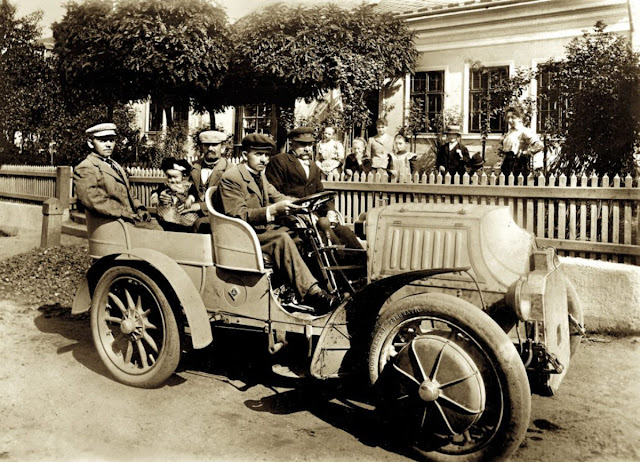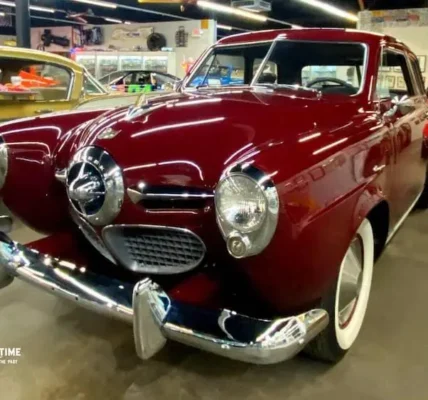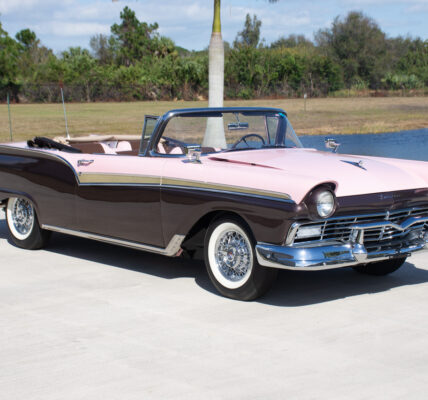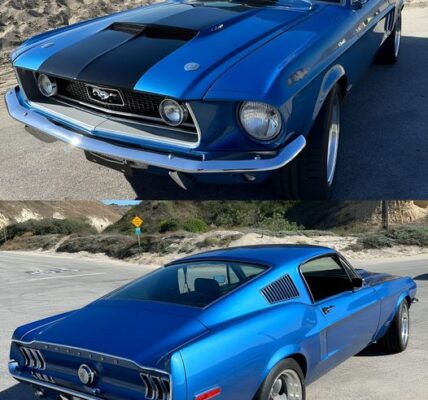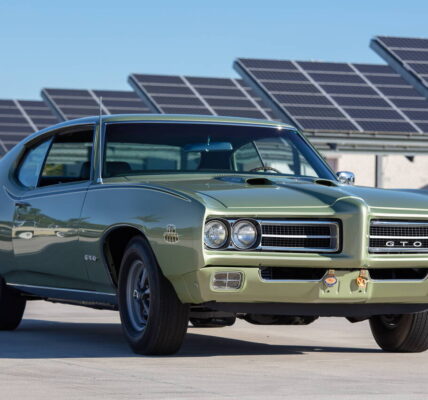Jacob Lohner built the Lohner-Porsche Mixte in 1901. The Lohner head of construction, Otto Grünwald designed the vehicle together with Ferdinand Porsche. A predecessor with wheel-hub motors and battery had caused a great sensation at the Paris World Exhibition in 1900 and was awarded a gold medal.
This Mixte has a Paul Daimler-Motor from the Daimler factory in Vienna Neustadt. The Austro-Hungarian businessman and diplomat Emil Jellinek financed seven of these first Mixte long-distance vehicles. This particular model had a spinning generator powered by a petrol-powered motor, which generated the electricity used to power the hub-mounted motors. These have three changeable gears and can be switched to generators to use them as brakes. In a braking procedure like this a 420 voltage is created. Heating coils under the chassis draw the heat that is created, away.
Ferdinand Porsche, later the founder of the company of the same name, was fascinated by electricity even as a teenager. As early as 1893, the 18-year-old installed an electric lighting system in his parents’ house. In the same year Porsche joined Vereinigte Elektrizitäts-AG Béla Egger in Vienna. After four years there, he progressed from mechanic to head of the testing department. The first vehicles he designed also had electric drives — so the history of Porsche begins with the electric drive.
Advertisement
In 1898, Ferdinand Porsche designed the Egger-Lohner C.2 Phaeton. The vehicle was powered by an octagonal electric motor, and with three to five PS it reached a top speed of 25 km/h. In 1899, Porsche joined the carriage maker in Vienna, k.u.k. Hofwagenfabrik Ludwig Lohner & Co.
There he developed the electric wheel hub motor. In 1900, the first Lohner-Porsche Electromobile with this innovation was presented at the Expo in Paris. With 2 x 2.5 PS it reached a top speed of 37 km/h. Lohner’s reason for a vehicle with an electric motor sounds as topical today as it did then, especially in relation to the era of mass motorization: the air was “ruthlessly spoiled by the large number of petrol engines in use.”
Also in 1900, Porsche designed the world’s first functional hybrid car, the “Semper Vivus” (Latin for “always alive”). The technology, marketed as the Lohner-Porsche system, also had applications beyond the sphere of electric vehicles. Porsche extended the car’s range by not using a battery as an energy source, but instead using a combustion engine to drive a generator and thus supply the wheel hub with electrical energy. One year later, the production-ready version was born as the Lohner-Porsche “Mixte.”
Advertisement
However, the Lohner-Porsche also demonstrated why electric mobility has failed over the decades: despite its modest power output, the car weighed almost two tonnes. The lack of infrastructure and the short range put an end to electromobility for a long time.
The idea was resurrected more than 100 years later: With the development of lithium-ion batteries suitable for use in vehicles and ever more stringent legal requirements for pollutant and carbon dioxide emissions, the focus turned once more to electric drive systems. With the Cayenne S Hybrid in 2010, Porsche paved the way for electromobility in the company. As the first parallel full hybrid in the luxury car class, the Panamera S Hybrid was the most economical Porsche to date with a fuel consumption of 6.8 l/100 km (NEDC), despite a power output of 380 PS. Also in 2011, Porsche tested three all-electric Boxster E models.
